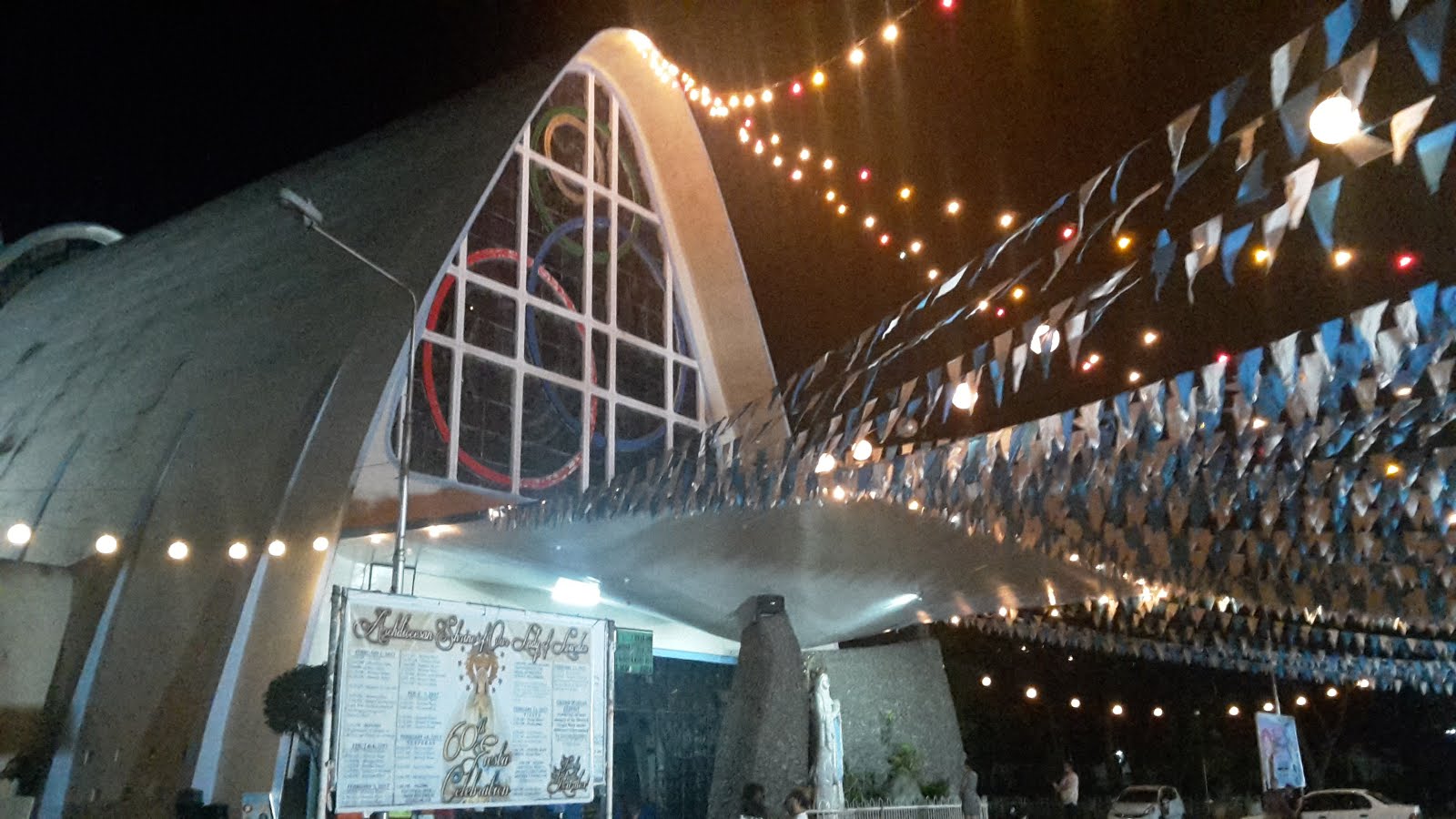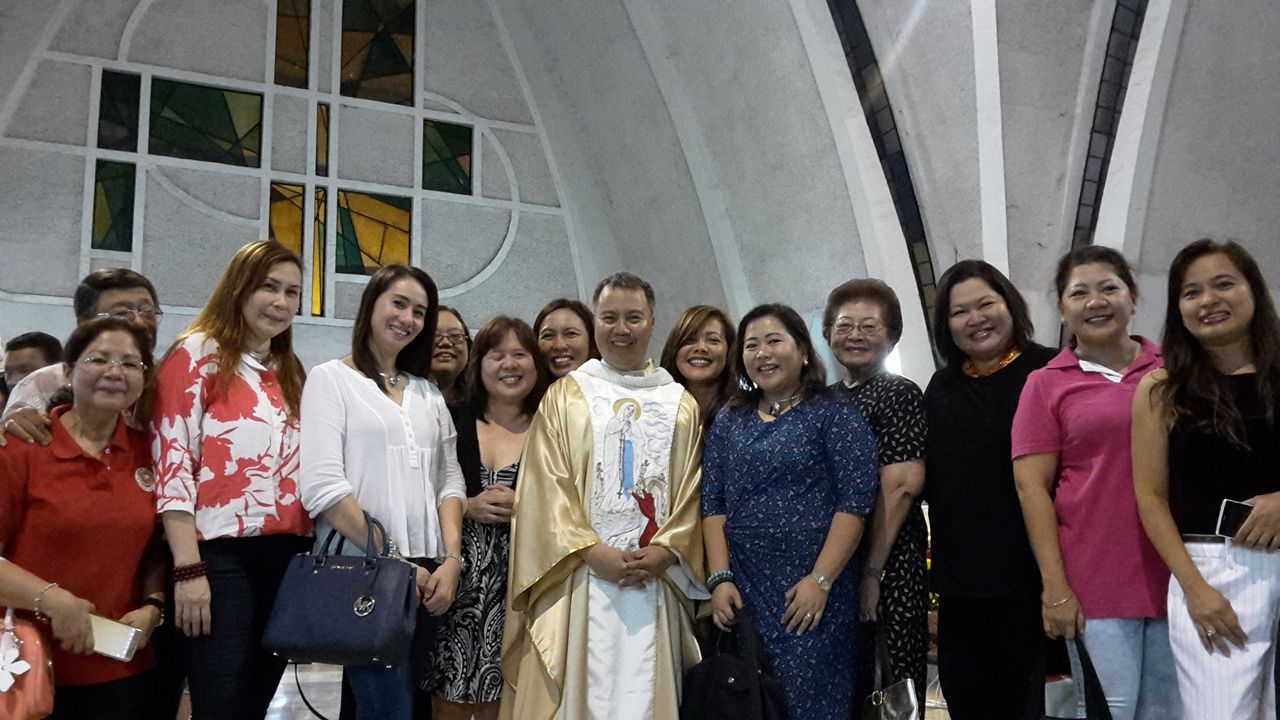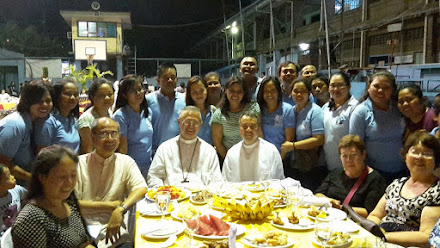One of the priceless gifts I received is a painter’s palette. It was given by Joey Velasco sometime last year before he died. It’s a valuable souvenir from a great artist! I also have his signature and a short, handwritten dedication on his book I bought when he came to Cebu. We are fond of souvenirs and mementos. They come in different forms and are valued with sentimentalism depending on whom we have received them. A wristwatch from one’s great-grand father would really be a treasure. No wonder people pay so much for a painting by Van Gogh, shoes worn by Manilyn Monroe or a faint original music piece from the Beatles. These things remind us of people we admire or even love.
The Catholic Church calls as relics the remains of the saints after their death. Relics can either be the entire body or just a part of it. They are considered first class relics; something they own are considered second class. Christians, since the beginning, venerated the relics of the saints by giving them honor and reverence. Such veneration has basis from scriptures. In Exodus 13:19 we read “Moses took the bones of Joseph with him because Joseph had made the sons of Israel swear an oath. He had said, “God will surely come to your aid, and then you must carry my bones up with you from this place.” In the New Testament we read this account from Acts 19:11-12 “God did extraordinary miracles through Paul, so that even handkerchiefs and aprons that had touched him were taken to the sick, and their illnesses were cured and the evil spirits left them.”
The Fathers of the Church continued this tradition of holding relics in veneration. St. Augustine (354-430 AD) wrote in City of God, “If a father’s coat or ring, or anything else of that kind, is so much more cherished by his children, as love for one’s parents is greater, in no way are the bodies themselves to be despised, which are much more intimately and closely united to us than any garment; for they belong to man’s very nature.” St. Jerome (340-420 AD) clarified this Catholic belief in his Ad Riparium when he wrote: “We do not adore, I will not say the relics of the martyrs, but either the sun or the moon or even the angels – that is to say, with the worship of ‘latria’ … But we honor the martyrs’ relics, so that thereby we give honor to Him Whose witness they are: we honor the servants, that the honor shown them may reflect on their Master… Consequently, by honoring the martyrs’ relics we do not fall into the error of the Gentiles, who gave the worship of ‘latria’ to dead men.”
One of the great saints of modern times is St. John Bosco. In preparation for the August 16, 2015 celebration of the 200th anniversary of his birth, his relic will go on a World Tour in 130 countries. In the Philippines, the pilgrimage will start in Bacolod on December 5; then it will head to Mambucal, Victorias, Kabankalan and Dumaguete. And from December 12-23, the relic and the pilgrimage will stay in Cebu. By December 23, it will head up north to Metro Manila. The arrival of the relic is part of its word tour that kicked off from Valdocco, Italy on April 25, 2009.
The relic consists of St. John Bosco’s right hand carefully preserved inside a sealed case and inserted at the chest of lifelike wax replica of the saint. This is transported in a light truck specifically made for the occasion driven by Italian chauffeurs for the duration of its worldwide journey. Fr. Pascual Chavez, the Rector Major of the Salesians of Don Bosco had directed the worldwide pilgrimage “to renew the desire to know and love the Father and Teacher of Youth and reignite the passion and mission for the young.”
Don Bosco, as he was fondly called, was an Italian Catholic priest, educator and writer of the 19th century who dedicated his life to the betterment and education of poor youngsters and employing teaching methods based on love rather than punishment. Following the spirituality and philosophy of St. Francis of Sales, he founded the Salesian Congregation to help the young become upright citizens and good Christians. When he was younger, he would put on shows of his skills as a juggler, magician and acrobat. He gained a reputation early on of being a saint and miracle worker. When he died on January 31, 1888 his funeral was attended by thousands. He was canonized on Easter Sunday of 1934 and was given the title “Father and Teacher of Youth.” He is also the patron saint of editors, youths, school children, students, magicians, apprentices and young workers.
It was St. John Bosco’s desire to reach out to as many young people in his lifetime. Such was his unique mission that God had inspired him. Today, his mission continues. He prays for young people; he wants to bless them and encourage them to follow the Perfect Man, Jesus Christ.


